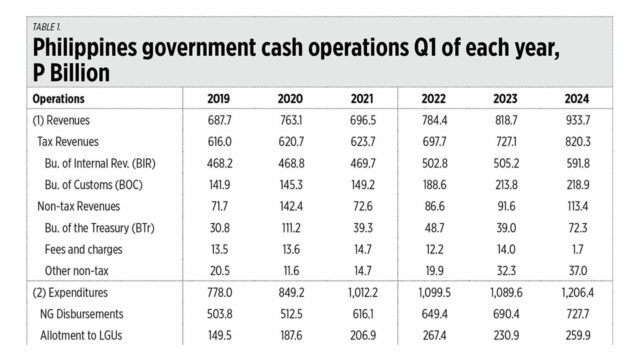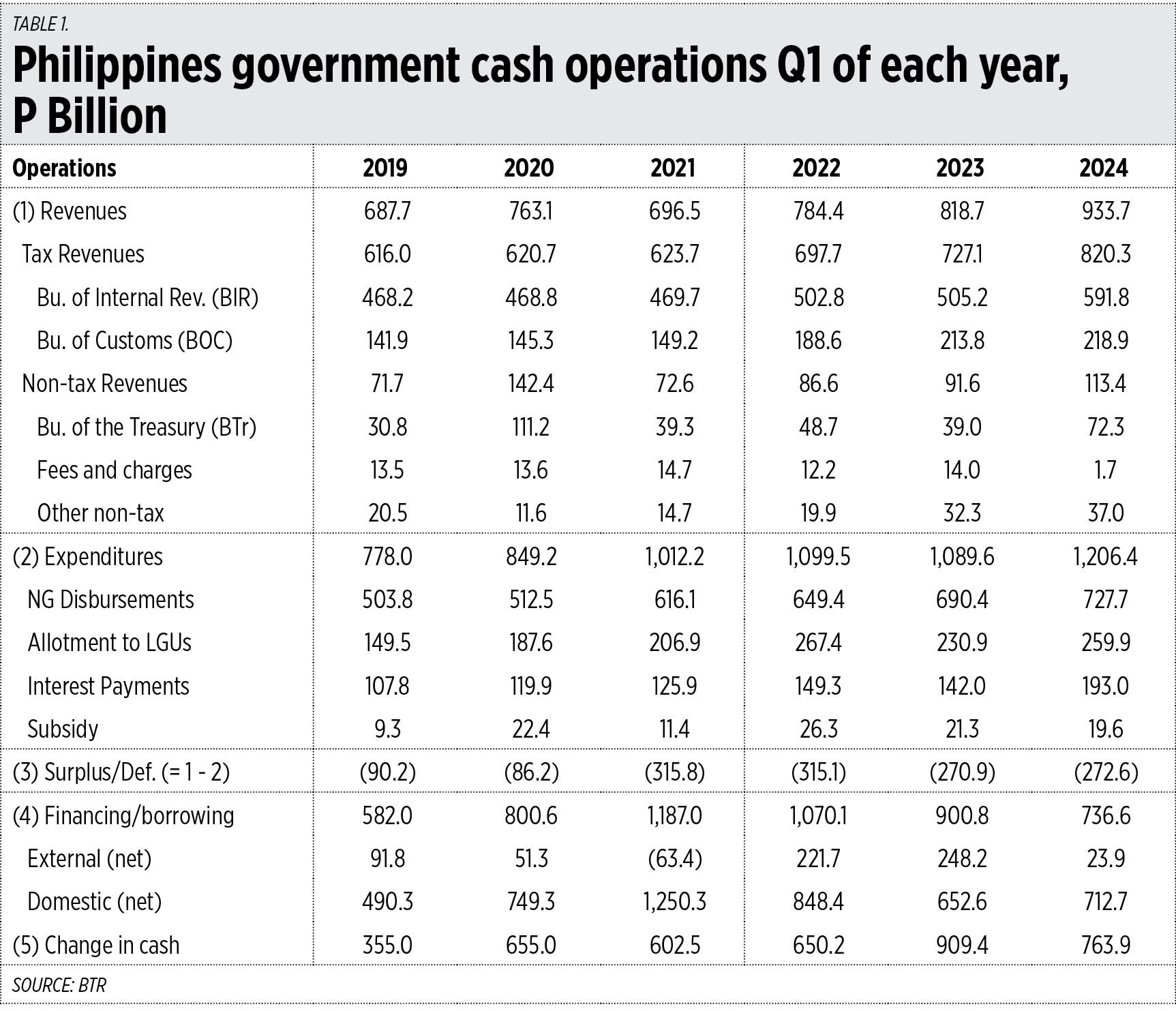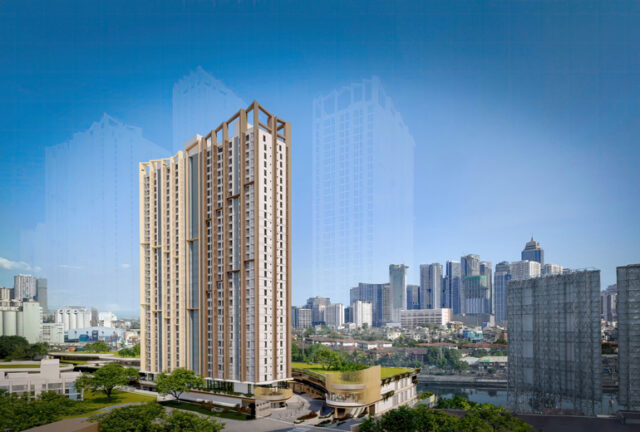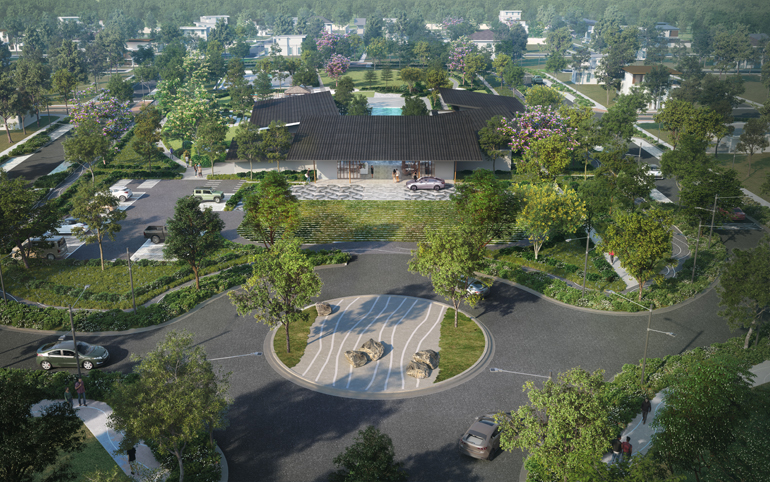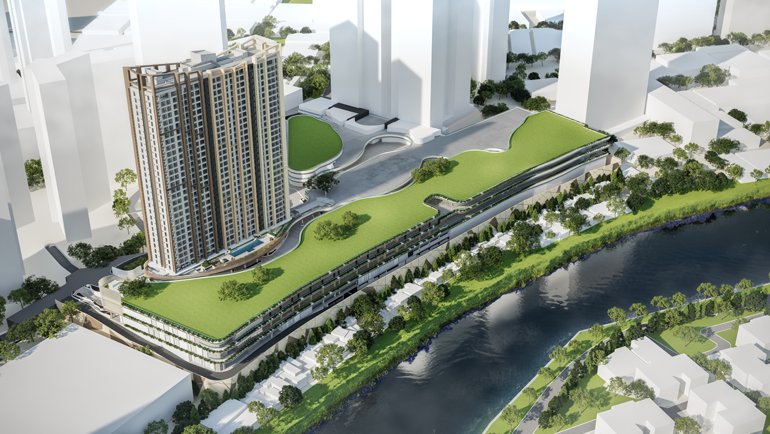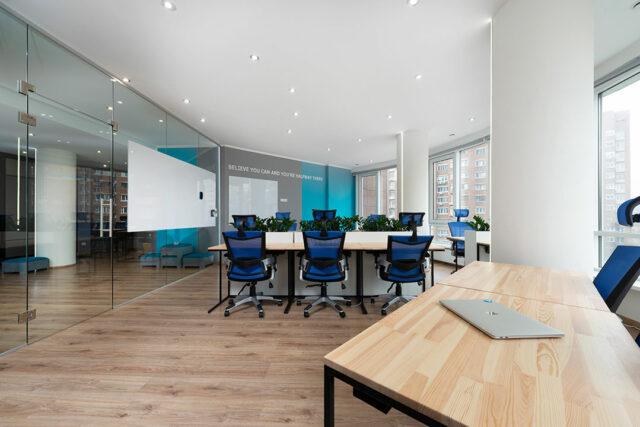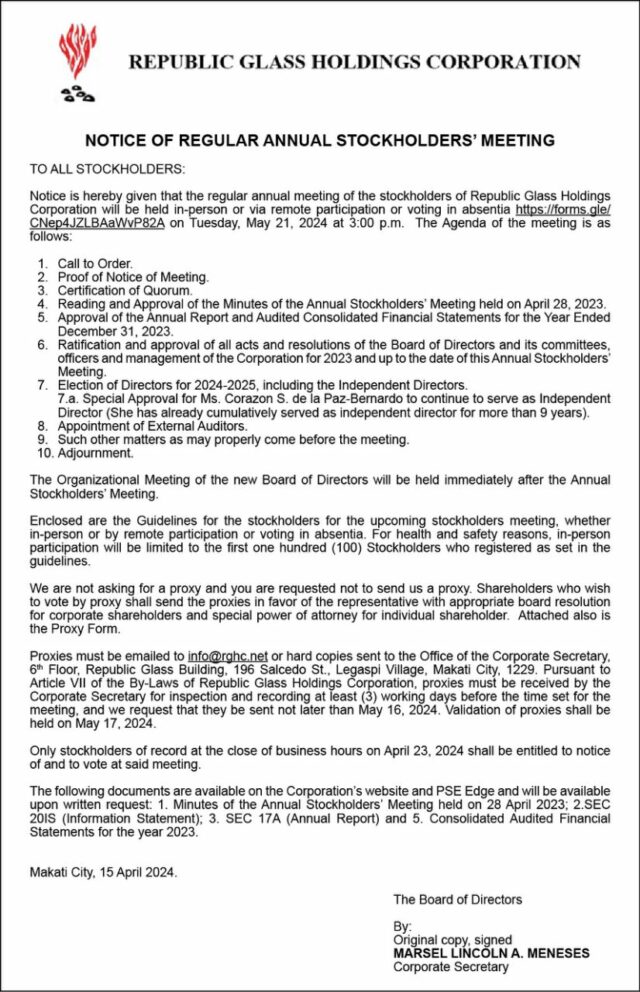SMHCC to expand with 9 hotels after Lanson Place Mall of Asia opening
SM HOTELS and Conventions Corp. (SMHCC) has announced plans to expand with nine new hotels following the official opening of Lanson Place Mall of Asia.
The company launched the 390-key hybrid hotel and residences in Pasay on April 24, in partnership with Hong Kong brand Lanson Place.
“We have nine hotels underway; ongoing construction includes two hotels in Cebu. One is the Park Inn by Radisson and the other is the Radisson Hotel,” SMHCC Executive Vice-President Peggy E. Angeles said during a media briefing.
Ms. Angeles said SMHCC has allocated P16 billion for its capital expenditure for 2024.
She added that the planned hotels in Cebu are targeted to open in 2027, while the rest are scheduled to open in 2028 and beyond.
The company signed a master franchise agreement with Radisson Hotel Group last year to carry the Park Inn brand, Ms. Angeles said.
“Just last March, we also signed six other license agreements with Radisson. Five of which are Park Inns, and one is a Radisson Hotel,” she added.
“We are introducing a service apartment slash hotel at the back of the Park Inn Clark, which is going to be at Radisson. So that will be a hybrid hotel in Clark,” she added.
The company is also expanding its SMX Convention Center in Cebu, which aims to replicate the size of Mall of Asia in Pasay. “We also have an SMX in Iloilo, in Manila.”
LANSON PLACE MALL OF ASIA
Lanson Place Mall of Asia is the 10th hotel property owned by SMHCC in the country.
“Today we stand before probably exceeded all expectations. What was once envisioned as the 250-room hotel has now blossomed into 390 hotel service apartment units,” Ms. Angeles said.
The project started in 2019 but was delayed by the COVID-19 pandemic, which halted the work of workers and the supply of construction materials.
“Our initial investment was multiplied, reaching P3.6 billion,” she added.
The hotel offers serviced residence rooms ranging from superior studio, deluxe studios, one-bedroom panorama suite, two-bedroom courtyard suite, executive suite, and more. Those rooms range from 38 to 77 square meters.
Some of the amenities include a rooftop infinity pool, fitness center, resident’s lounge, and a grand ballroom on the second floor.
Meanwhile, meeting rooms on the third floor cater to more intimate events with a view of Manila Bay.
Its proximity to SMX Convention Center Manila makes it ideal for business travelers, and those in need of meetings, incentives, conferences, and exhibitions (MICE) facilities, Lanson Place Mall of Asia Vice-President and General Manager Laurent Boisdron said.
Lanson Place Mall of Asia Chief Executive Officer Michael Hobson said the company looked at the supply and demand, particularly in Pasay, and saw a need for a landscaped place similar to what they have developed.
“A very personal guest experience comes from really understanding your customers and understanding their needs, wants, and preferences,” Mr. Hobson said on the property’s edge over its competitors.
He also added that its partnership with the SM Group was a big deciding factor in being able to partner with a “solid” owner.
Ms. Angeles said the company used to work with Lanson Group in Hong Kong and it started courting SM for possible projects and added if the company intends to expand its service department portfolio, Lanson’s “foot is already in the door.”
The Lanson Place, under Hong Kong-listed Wing Tai Properties Ltd., manages eight properties in Hong Kong, Shanghai, Chengdu, Kuala Lumpur, Singapore, and anticipates an opening in Melbourne in September. — Aubrey Rose A. Inosante

![chambermaid-making-bed-hotel-room-[drobotdean]](https://www.bworldonline.com/wp-content/uploads/2021/12/chambermaid-making-bed-hotel-room-drobotdean-640x427.jpg)





